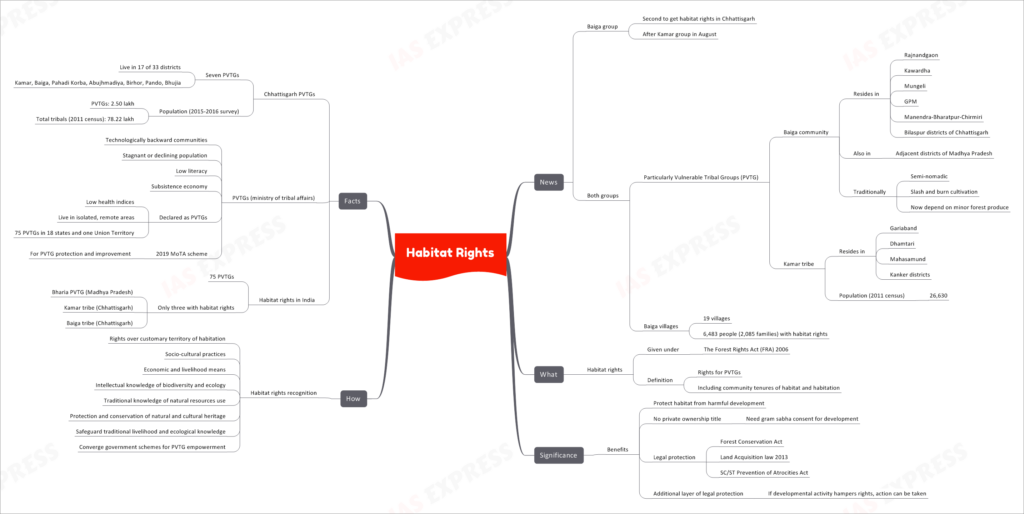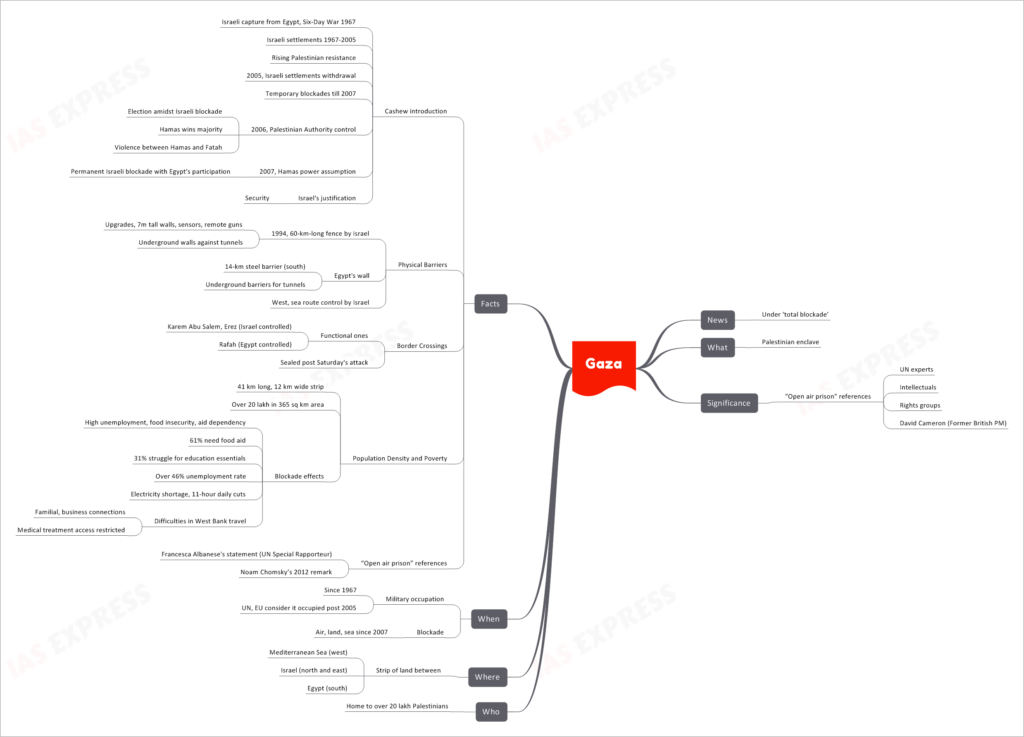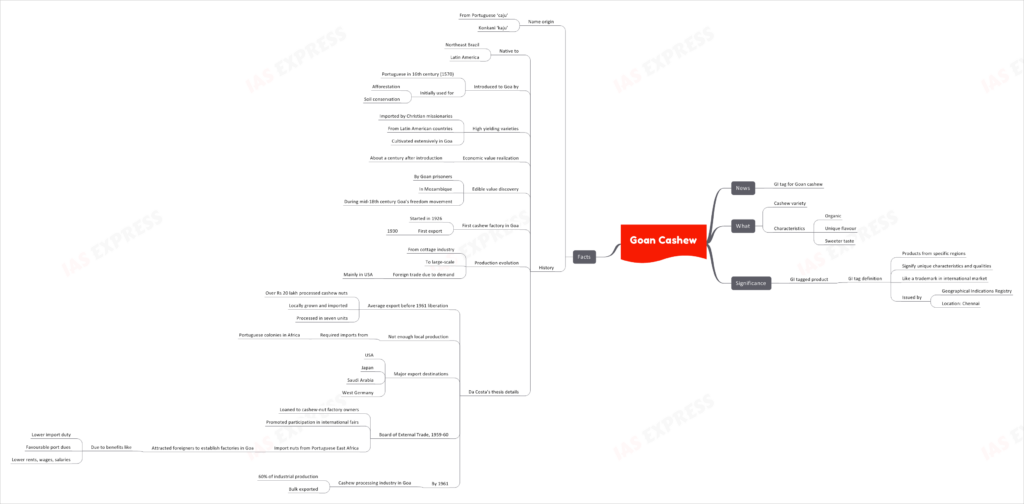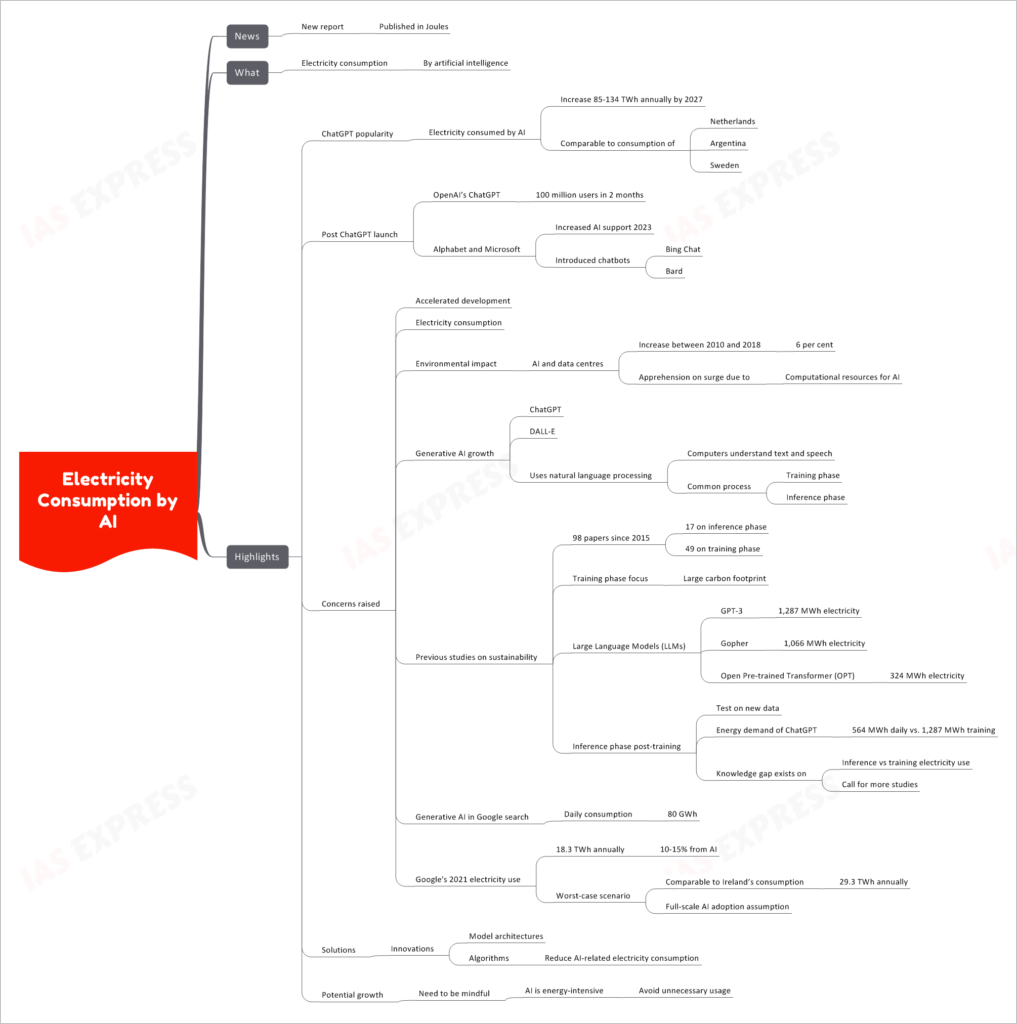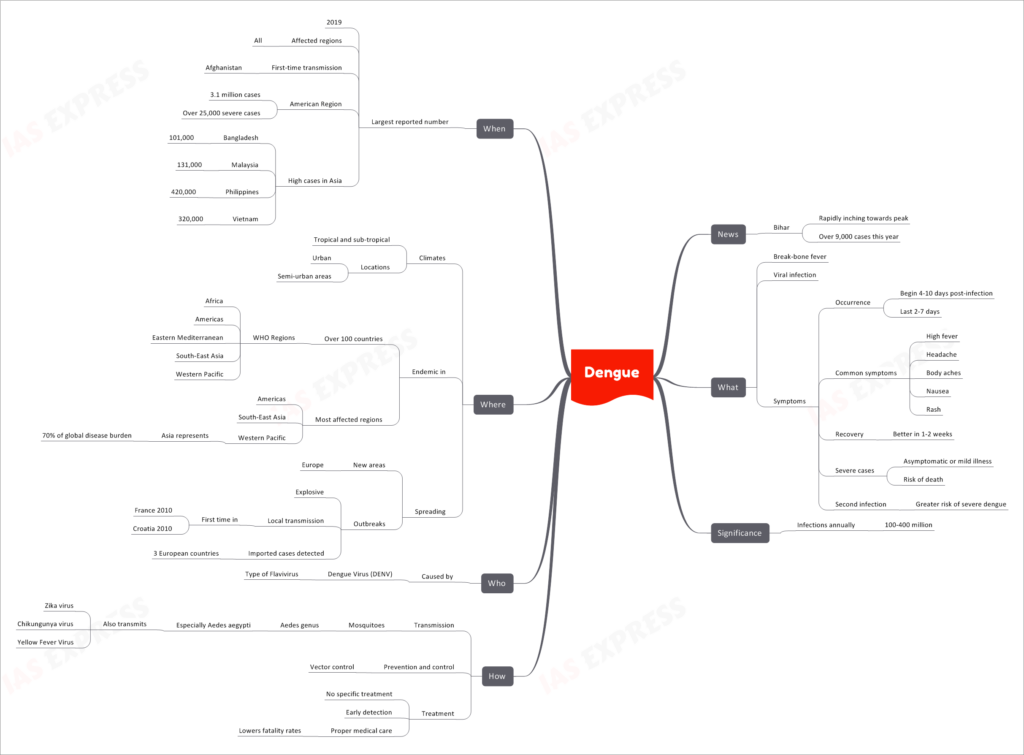[Newsbits] 11.10.2023

ISRO’s New Spaceport
Exciting news in the world of space exploration as the Indian Space Research Organisation (ISRO) announces the development of a new spaceport in Thoothukudi, Tamil Nadu. This spaceport is set to become ISRO's second launch center and will primarily serve the private sector's satellite launch needs.
The New Spaceport
Location
- The new spaceport will be situated in Thoothukudi, a coastal town in Tamil Nadu.
Purpose
- Unlike ISRO's existing space station in Sriharikota, this new facility will be exclusively used by the private sector for launching Small Satellite Launch Vehicles (SSLVs).
Small Satellite Launch Vehicles (SSLVs)
- SSLVs are 3-stage launch vehicles designed for launching small satellites, with a capacity of approximately 500 kilograms into a 500-kilometer planar orbit.
- These vehicles offer several advantages, including low cost, a quick turnaround time, flexibility in accommodating multiple satellites, on-demand launch feasibility, and minimal infrastructure requirements.
The Manufacturing Park
- In addition to the spaceport, a manufacturing park will be established near Kulasekarapattinam to support the SSLV manufacturing and assembly processes.
Location and Timeline
- Kulasekarapattinam is located in the Thoothukudi district of Tamil Nadu.
- The expected completion of the new spaceport is set to be achieved in about two years.
Significance
- This project signifies ISRO's commitment to opening up opportunities for the private sector in India's space industry, fostering innovation and growth.
- By providing a dedicated launch facility for SSLVs, ISRO aims to cater to the increasing demand for launching small satellites in an efficient and cost-effective manner.
Notable Facts
- ISRO's current primary launch center is the Satish Dhawan Space Centre in Sriharikota, which features two launch pads and conducts operations for Polar Satellite Launch Vehicles (PSLV) and the GSLV Mark III (LMV3).
- The new spaceport in Thoothukudi represents ISRO's endeavor to expand its launch capabilities and accommodate the growing interest and demand from the private space sector.
Habitat Rights
In recent news, the Baiga group has become the second community to receive habitat rights in Chhattisgarh, following the Kamar group's recognition in August. Both these communities belong to Particularly Vulnerable Tribal Groups (PVTGs) and have been granted these rights under The Forest Rights Act (FRA) of 2006.
Understanding Habitat Rights
Definition
Habitat rights, as granted under The Forest Rights Act (FRA) of 2006, encompass the rights of Particularly Vulnerable Tribal Groups (PVTGs) to their customary habitat and habitation. These rights are crucial for their protection and well-being.
Significance
- Habitat rights provide essential benefits, including the protection of the community's habitat from harmful development.
- Importantly, these rights do not grant private ownership titles. Instead, they require the consent of the gram sabha (village assembly) for any developmental activities in the area.
- Habitat rights offer legal protection to PVTGs, ensuring that their rights are safeguarded even in the face of laws like the Forest Conservation Act, the Land Acquisition law of 2013, and the SC/ST Prevention of Atrocities Act.
- In cases where developmental activities impede these rights, PVTGs have an additional layer of legal protection, allowing them to take action.
The Recognition of Habitat Rights
Habitat rights recognition is based on various criteria:
- Rights are granted over the customary territory of habitation.
- It considers socio-cultural practices, economic and livelihood means, intellectual knowledge of biodiversity and ecology, traditional knowledge of natural resource use, and the protection and conservation of natural and cultural heritage.
- These rights aim to safeguard traditional livelihood and ecological knowledge while also converging with government schemes for PVTG empowerment.
Facts About PVTGs in Chhattisgarh
- Chhattisgarh is home to seven Particularly Vulnerable Tribal Groups (PVTGs) who live in 17 of the state's 33 districts. These groups include the Kamar, Baiga, Pahadi Korba, Abujhmadiya, Birhor, Pando, and Bhujia communities.
- As of the 2015-2016 survey, the PVTGs in Chhattisgarh numbered around 2.50 lakh individuals.
- PVTGs are technologically backward communities with stagnant or declining populations, low literacy rates, and subsistence economies. They are declared as PVTGs based on low health indices and their residence in isolated, remote areas.
- Nationally, there are 75 PVTGs across 18 states and one Union Territory.
- In 2019, the Ministry of Tribal Affairs (MoTA) launched a scheme for the protection and improvement of PVTGs.
Habitat Rights in India
- While there are 75 PVTGs in India, only three communities have received habitat rights so far: the Bharia PVTG in Madhya Pradesh, and the Kamar and Baiga tribes in Chhattisgarh.
Gaza
Recent news highlights the dire situation in Gaza, a Palestinian enclave often referred to as an "open air prison."
What is Gaza?
Gaza is a Palestinian enclave located in the Middle East, nestled between the Mediterranean Sea to the west, Israel to the north and east, and Egypt to the south.
The Significance of Gaza's Situation
"Open Air Prison" References
- Gaza has been widely described as an "open air prison" by UN experts, intellectuals, rights groups, and even former British Prime Minister David Cameron.
Who Resides in Gaza?
Gaza is home to over 2 million Palestinians who endure challenging living conditions due to the prolonged conflict and blockade.
The Where and When of Gaza's Plight
Prolonged Military Occupation
- Gaza has been under military occupation since 1967, and it is still considered occupied by the UN and EU even after Israel's withdrawal of settlements in 2005.
Total Blockade Since 2007
- A comprehensive blockade, encompassing air, land, and sea, has been in place since 2007.
Key Facts about Gaza
Cashew Introduction and Settlements
- Israel captured Gaza from Egypt during the Six-Day War in 1967.
- Israeli settlements were established in Gaza between 1967 and 2005, leading to rising Palestinian resistance.
Withdrawal of Israeli Settlements
- In 2005, Israel withdrew its settlements from Gaza, but the blockade persisted.
Hamas Takes Control
- In 2006, amidst the Israeli blockade, the Palestinian Authority held elections in which Hamas won the majority.
- This led to violent clashes between Hamas and Fatah.
- In 2007, Hamas assumed power, and a permanent Israeli blockade with Egypt's participation was imposed.
- Israel justifies the blockade on the grounds of security.
Physical Barriers
- Israel constructed a 60-kilometer-long fence with upgrades, 7-meter-tall walls, sensors, and remote guns.
- Underground walls were built to counter tunnels.
- Egypt erected a 14-kilometer steel barrier in the south, along with underground barriers against tunnels.
- Israel controls the sea route to the west.
Border Crossings
- Functional border crossings include Karem Abu Salem and Erez (controlled by Israel) and Rafah (controlled by Egypt).
- These crossings have been sealed in the aftermath of attacks.
Population Density and Poverty
- Gaza is a densely populated area, with over 2 million people residing in a 365 square kilometer strip of land.
- The blockade has resulted in high unemployment, food insecurity, and aid dependency.
- More than 61% of the population requires food aid, and 31% struggle to access essential education resources.
- The unemployment rate in Gaza is over 46%.
- Electricity shortages lead to 11-hour daily power cuts.
- Travel to the West Bank is difficult, impacting familial, business, and medical connections.
"Open Air Prison" References
- Notable figures like UN Special Rapporteur Francesca Albanese and scholar Noam Chomsky have likened Gaza to an "open air prison."
Goan Cashew
In recent news, Goan cashew has been granted a Geographical Indication (GI) tag, recognizing its unique characteristics and qualities.
The Goan Cashew Variety
Characteristics
- Goan cashew is known for its organic cultivation.
- It boasts a unique flavor that sets it apart in the world of cashews.
- Its sweeter taste adds to its appeal, making it a sought-after variety.
The Significance of the GI Tag
GI Tag Definition
- The GI tag signifies products from specific regions that possess unique characteristics and qualities.
- It serves as a trademark in the international market, protecting the product's identity.
- The GI tag for Goan cashew was issued by the Geographical Indications Registry located in Chennai.
Fascinating Facts
Name Origin
- The term "cashew" has its origins in the Portuguese word 'caju' and the Konkani word 'kaju.'
Historical Roots
- Cashew trees are native to Northeast Brazil and Latin America.
- The Portuguese introduced cashew to Goa in the 16th century, around 1570.
- Initially, it was used for afforestation and soil conservation.
Economic Value Realization
- It took about a century after its introduction for cashew to gain economic significance in Goa.
Edible Value Discovery
- Goan prisoners in Mozambique during the mid-18th century played a role in discovering the edible value of cashew.
- This discovery coincided with Goa's freedom movement.
The First Cashew Factory in Goa
- The first cashew factory in Goa was established in 1926, and the first export of cashews occurred in 1930.
Evolution of Production
- Cashew processing in Goa transitioned from a cottage industry to large-scale production.
- The increasing foreign demand, primarily from the USA, fueled this growth.
Da Costa's Thesis Details
- Before Goa's liberation in 1961, cashew processing was a significant industry.
- Over Rs 20 lakh worth of processed cashew nuts were exported, a mix of locally grown and imported nuts.
- Major export destinations included the USA, Japan, Saudi Arabia, and West Germany.
- The Board of External Trade in 1959-60 supported cashew-nut factory owners, promoting participation in international fairs.
- Imports from Portuguese East Africa attracted foreigners to establish factories in Goa due to benefits like lower import duty, favorable port dues, and lower rents and wages.
Goa's Cashew Processing Dominance
- By 1961, the cashew processing industry in Goa accounted for 60% of industrial production, with the majority of the product being exported.
Electricity Consumption by AI
A new report published in Joules has shed light on the growing electricity consumption by artificial intelligence (AI) systems, raising concerns about their environmental impact.
The Report and Its Findings
Electricity Consumption by AI
- According to the report, the electricity consumption by AI is set to increase significantly by 2027.
- The projected increase ranges from 85 to 134 terawatt-hours (TWh) annually.
- This consumption is comparable to the electricity usage of entire countries like the Netherlands, Argentina, and Sweden.
Post ChatGPT Launch
- OpenAI's ChatGPT, a popular AI language model, gained 100 million users within just two months of its launch.
- Companies like Alphabet and Microsoft have increased their support for AI in 2023 and introduced chatbots like Bing Chat and Bard.
Concerns Raised
- Accelerated development in AI has led to increased electricity consumption, raising environmental concerns.
- AI and data centers have already witnessed a 6 percent increase in electricity usage between 2010 and 2018.
- Concerns arise due to the surge in computational resources required for AI.
Generative AI Growth
- Generative AI models like ChatGPT and DALL-E use natural language processing to understand text and speech.
- AI training involves two phases: training and inference.
- Previous studies highlight the large carbon footprint of the training phase.
- Large Language Models (LLMs) like GPT-3 and Gopher consume significant electricity during training.
- There's a knowledge gap regarding the electricity usage during inference vs. training, necessitating more research.
Generative AI in Google Search
- Google's use of generative AI in search consumes approximately 80 gigawatt-hours (GWh) daily.
- Google's total electricity usage in 2021 was 18.3 TWh annually, with AI accounting for 10-15%.
- In a worst-case scenario, AI's consumption could be comparable to Ireland's annual electricity usage, which is 29.3 TWh, assuming full-scale AI adoption.
Solutions
- Innovations in model architectures and algorithms are being explored to reduce AI-related electricity consumption.
- Efficient AI development practices are crucial to mitigate the environmental impact.
Potential Growth
- While AI offers tremendous potential, it's important to be mindful of its energy-intensive nature.
- Reducing unnecessary AI usage and optimizing algorithms can contribute to a more sustainable future.
Dengue
Recent news from Bihar indicates that Dengue cases are rapidly inching towards their peak, with over 9,000 cases reported this year. Dengue, also known as break-bone fever, is a viral infection that poses a significant public health challenge in many parts of the world.
What is Dengue?
Dengue is a viral infection caused by the Dengue Virus (DENV), a type of Flavivirus. It is often referred to as break-bone fever due to the severe joint and muscle pain it causes.
Symptoms
- Occurrence: Symptoms typically begin 4-10 days post-infection and can last 2-7 days.
- Common symptoms include:
- High fever
- Headache
- Body aches
- Nausea
- Rash
- Recovery: Most individuals recover within 1-2 weeks.
- Severe cases: While many cases are asymptomatic or result in mild illness, severe Dengue can be life-threatening.
Significance
- Infections annually: Dengue infects an estimated 100-400 million people each year globally.
How is Dengue Transmitted?
Dengue is primarily transmitted to humans through the bite of infected mosquitoes, particularly those of the Aedes genus, with Aedes aegypti being a notable vector. This mosquito species is also responsible for transmitting other viruses like Zika, Chikungunya, and Yellow Fever.
Prevention and Control
Preventing Dengue involves vector control measures to reduce mosquito populations.
Treatment
There is no specific antiviral treatment for Dengue. Early detection and proper medical care can significantly lower fatality rates.
Where is Dengue Prevalent?
Dengue is most commonly found in tropical and sub-tropical climates, especially in urban and semi-urban areas. It is endemic in over 100 countries, with the most affected regions being the Americas, South-East Asia, and the Western Pacific. Asia alone represents 70% of the global disease burden.
Spread and Outbreaks
- New areas: Dengue is spreading to new areas, including parts of Europe.
- Outbreaks: Dengue outbreaks can be explosive, with local transmission reported for the first time in places like France and Croatia in 2010.
- Imported cases: Dengue has been detected in three European countries.
When Does Dengue Peak?
The largest reported number of Dengue cases was in 2019, affecting regions worldwide. In the American Region, there were 3.1 million cases, with over 25,000 severe cases. High numbers of cases were also reported in Asian countries like Bangladesh, Malaysia, the Philippines, and Vietnam.

